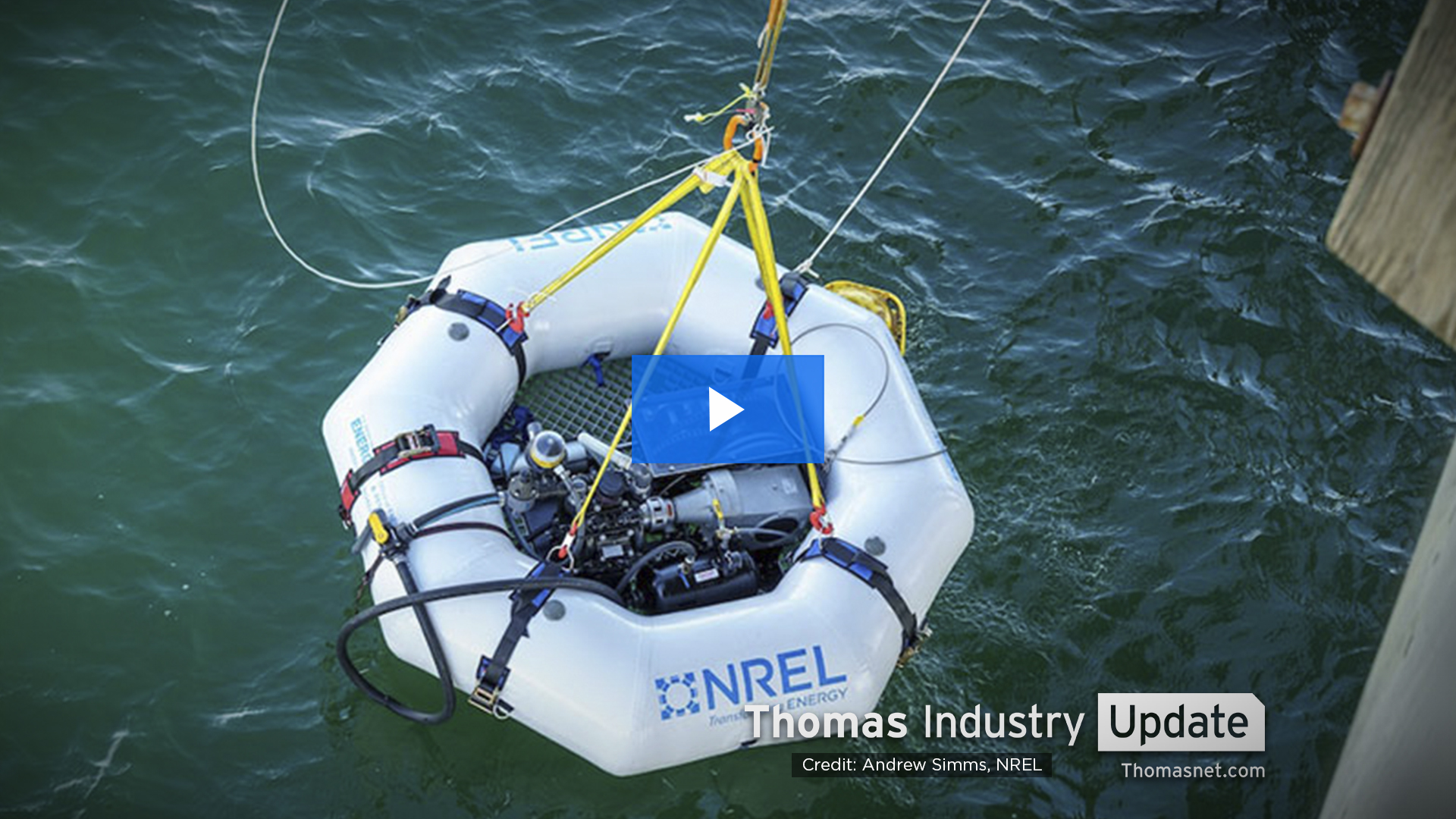How DOE Aims to Harness Marine Renewable Energy
October 17, 2024

Newly announced software updates could help pave the way to generating renewable energy from ocean currents and other waterways.
The U.S. Department of Energy’s National Renewable Energy Laboratory, along with national labs in Washington state and New Mexico, developed what is known as the Marine and Hydrokinetic Toolkit four years ago. The open-source software collects and analyzes data for “marine renewable energy” — turning the forces of waves, tides, or rivers into electricity.
Currents and waves, unlike more intermittent renewable energy sources, such as solar or wind, could offer power generation that is predictable, abundant, and powerful: NREL officials noted that “a small fraction” of marine-generated energy could power some 22 million homes.
But developing those capabilities will need entirely new systems, which are difficult to design in an environment as vast and harsh as the ocean.
The Marine and Hydrokinetic Toolkit aims to allow advanced models of waves and currents, as well as power production — saving scientists both time and money. The labs recently announced updates to the software for the programming languages MATLAB — commonly used by engineers and researchers — and Python, which would complement data generated by the National Oceanic and Atmospheric Administration and other authorities.
The former, in particular, would enable data standardization, in-depth exploration of site conditions, modeling of extreme ocean conditions, and the visualization of turbines in rivers.
NREL officials said the Toolkit has been downloaded more than 29,000 times since its debut in 2020.
Search
RECENT PRESS RELEASES
Related Post



